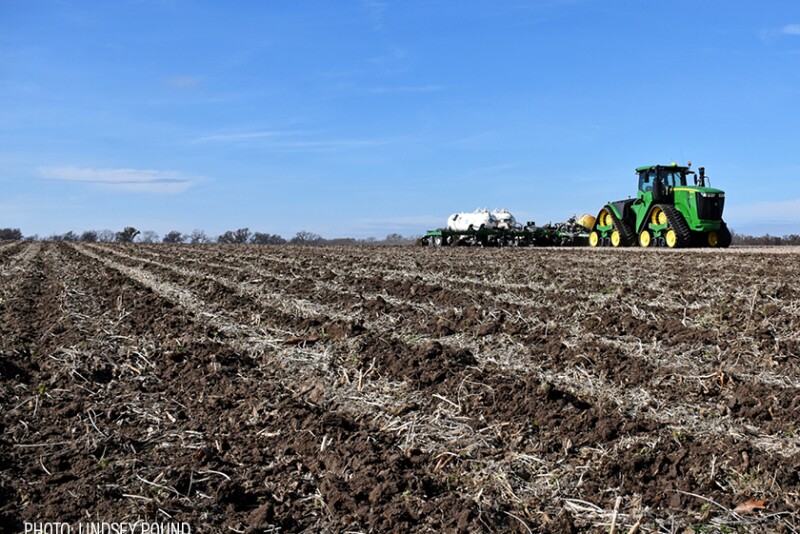Late this spring, farmers found themselves in a tight market for UAN. In addition to not being able to acquire the volumes they anticipated, fertilizer prices were on the rise.
Fast forward to today, Veronia Nigh, economist at The Fertilizer Institute says there are three key drivers in fertilizer:
Larger domestic demand.
“We’ve got a monster corn crop — 5 million more acres of corn than last year,” she says.
TFI analysis shows overall volumes for NPK products were up 2.1% this year compared withlast year.
U.S. imports and sources.
According to the International Fertilizer Institute, the U.S. imports 12% of its ammonia, 33% of processed phosphates and 98% of its potash.
Geopolitical challenges.
“Where the challenges are occurring, specifically Iran/Israel, Russia and Rea Sea attacks, are effecting our global trading,” she says.
What Does This Mean for U.S. Farmers?
Nigh says the UAN market this spring could serve as a recent experience to remind farmers to make their fertilizer needs known as soon as possible.
“Think about the timing for when an importer would agree to make the purchase and by the time it would arrive at a retailer’s outlet,” she says. “Those timelines for shipment from the actual exporting nation to getting it in place matter.”
Specifically, she points to when farmers need to lock in plans for fall applications.
Nigh says working backward from source to retail/distribution destination, her estimates indicate a two-month lead time for imported fertilizer commodities. Right now, it takes 30 days for product to reach the port of New Orleans from Saudi Arabia or Russia. For barges to move up the Mississippi, travel times are: St. Louis, 12 days; Davenport, Iowa, 21 days; and St. Paul, Minn., 29 days.
Nigh acknowledges the uncontrollable windows for application, but the usual precedent is there are more acres to cover than there are hours. Looking at historical soil temperature data and harvest timing, central Iowa is estimated to start applying fertilizer on Oct. 20. She encourages farmers targeting the Oct. 20 application timing to sign on the dotted line and book fertilizer by mid- to late August.


